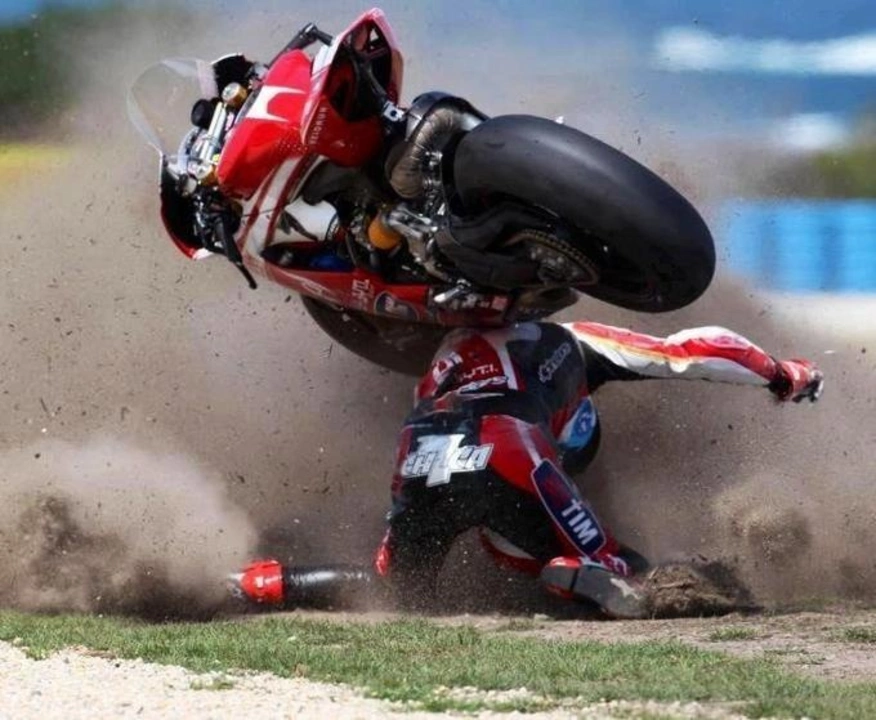Why Motorsports Can Be Dangerous and How Safety Keeps You Safe
If you love the roar of engines and the smell of burnt rubber, you already know racing feels wild. But inside that excitement lies real danger – high speeds, sharp turns, and split‑second decisions. Understanding what makes a race dangerous helps you appreciate the sport even more.
What makes a race dangerous?
First, speed is the biggest factor. A Formula One car can hit 200 mph, and even a touring car tops 150 mph. At those numbers, a tiny mistake can send a car off the track in a flash. Second, the tracks themselves add risk. Tight corners, uneven surfaces, and limited run‑off areas leave little room for error.
Third, the cars are built for speed, not comfort. Lightweight frames, aggressive aerodynamics, and powerful engines push the limits of physics. That means drivers feel massive g‑forces, and any loss of control can feel like a sudden drop.
How do drivers stay alive?
Drivers wear fire‑resistant suits, helmets, and HANS devices that stop the head from whipping forward. The suits are designed to keep heat down while protecting against burns. Helmets use layers of carbon fiber and foam to absorb impact, and the HANS system limits neck movement during crashes.
Cars also have built‑in safety features. Roll cages form a strong cage around the driver, and crumple zones absorb energy in a hit. Modern racing cars include data loggers that record speed, braking, and g‑force, letting teams spot dangerous spots before they become accidents.
Teams practice emergency drills every season. When a crash happens, a well‑trained pit crew knows exactly how to extract a driver fast, how to treat injuries, and how to clear the track to avoid further incidents.
Track officials play a huge role too. They set strict limits on tyre pressures, fuel loads, and engine maps to keep cars within safe operating ranges. Safety cars are deployed when debris or weather makes the track unsafe, slowing everyone down until it’s clear.
Even with all that, accidents still happen. When they do, the focus shifts to learning from the event. Racing bodies analyze every crash, update regulations, and often redesign parts of the car or track. That constant cycle of improvement makes the sport safer over time.
Fans also help keep things safe by staying out of restricted zones and listening to marshal instructions. A loud crowd can be a great atmosphere, but crossing barriers or standing too close to the track puts everyone at risk.
In the end, the danger is part of the appeal. Knowing that drivers face real risk makes each overtake, each pole position feel earned. The sport balances thrills with safety because without that balance, the excitement would fade fast.
So next time you hear a car scream past the grandstand, remember the layers of protection behind that sound. The danger fuels the sport, but safety makes sure the drivers keep coming back for more laps.
How dangerous is motorcycle racing?
Motorcycle racing can be quite dangerous, as it involves high speeds, close proximity to other riders, and often unpredictable surfaces. Injuries are common, ranging from minor falls to severe crashes that can lead to life-altering consequences or even fatalities. However, professional racers are well-equipped with protective gear, such as helmets, leathers, and airbag suits, that minimize the risks. Additionally, organizations that oversee motorcycle racing events prioritize safety measures and regulations to keep the sport as safe as possible. Nonetheless, it is crucial to have a healthy respect for the potential dangers and be well-prepared if you decide to participate in this adrenaline-fueled sport.



